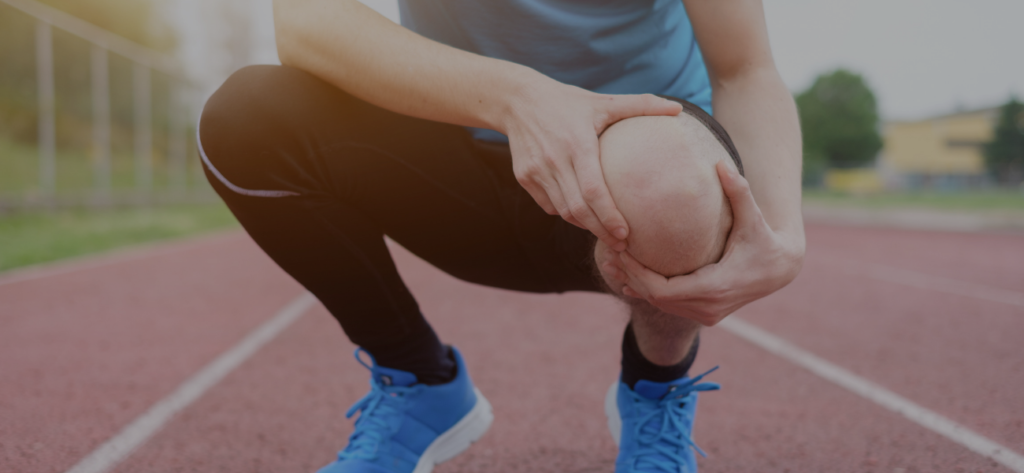Your anterior cruciate ligament is one of four ligaments in the knee that aid in joint mobility and stability, and tears to the ligament typically require surgery to ensure it heals correctly. Surgery helps to ensure the ligament heals as it should, but surgery is just part of the equation to getting back to full health. Physical therapy also plays a significant role in your recovery after an ACL tear. Below, we take a closer look at how physical therapy helps during the four phases of recovery after an ACL injury.

Phase 1 – Helping Heal and Reducing Swelling
The first part of your recovery is going to involve helping provide a good environment for healing to take place. Your physical therapist will walk you through some basic exercises that help to facilitate blood flow and reduce swelling so healing can run its course. Gentle physical therapy exercises will also slowly start to help build range of motion in the joint. You’ll also have crutches during this time, so your PT can work with you to ensure you’re using them properly to help keep stress off your foot.
Phase 2 – Ditching The Crutches
After about a week or so, the swelling should subside and your physical therapist is going to work with you to target some muscle groups that have been underutilized during your recovery. These areas include your quadriceps, hamstrings and your hip. Working these muscle groups will help you progress from using crutches to ditching them and bearing weight through your recovering knee. You still have a long way to go in your rehab, but strengtening nearby structures and muscles allows your knee to bear weight and continue healing. Your PT will also work to improve any balance issues that could arise as you ditch the crutches and walk on your recovering knee.
Phase 3 – Strengthen, Strengthen, Strengthen
The third and longest phase of your rehab is phase three, which focuses almost exclusively on strengthening your ACL and the supportive structures around your knee. This process usually takes about a month, and your physical therapist will perform some tests along the way to ensure everything is on track. By the end of this phase, you’ll be able to hop and bend your knee. Strength training will occur with in-person sessions and with home-based exercises to perform on a daily or semi-weekly basis. Resistance training and lunges will help to get your mobility back near pre-injury levels of performance.
Phase 4 – Back To Full Activities
The final phase focuses on helping you get back to full activities, which include things like running and athletic participation. Your PT will regularly test the integrity of your knee and work on improving quick and impactful movements, as these will be necessary during sporting events. People typically enter this phase three to four months following their surgery, and making the leap from normal daily activities to participation in intense athletic activity can take about a month. Your PT will analyze your movements and help train you in simulated activities before clearing you to return to sports.
For more information on ACL rehab, or to talk to a member of our PT team, reach out to OrthoRehab Specialists today.
- 3 Things We Accomplish At Every First Physical Therapy Session - April 15, 2025
- PT-Approved Tips For Easing Back Into An Exercise Routine - April 14, 2025
- The Causes, Signs And Treatments For Muscular Imbalances - April 9, 2025
